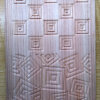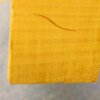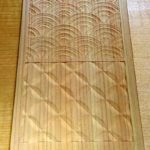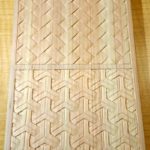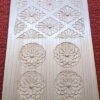How to carve patterns part 7 ~Ryusui~

"Ryūsuimon'" is a pattern that depicts the flow and meandering of water.
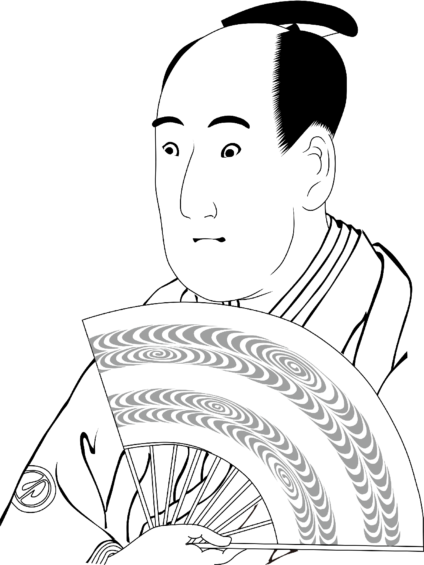
This time I explain how to carve two types of flowing water patterns.

Three chisels were used: a sharp chisel, a shallow round chisel, and a round chisel.
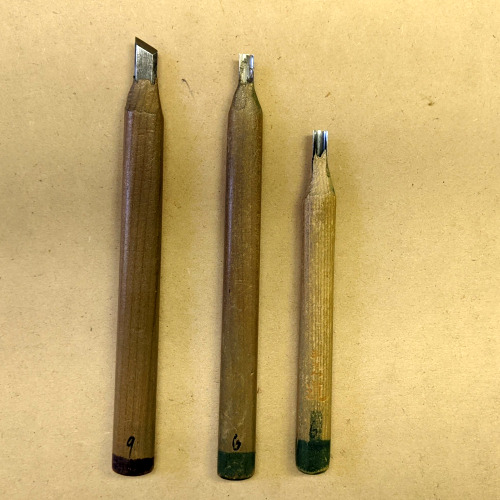
Preparation
Use carbon paper to trace "Ryusui" onto a postcard-sized wooden board. The sketch can be downloaded from here (Ryusui PDF) , so please use it.
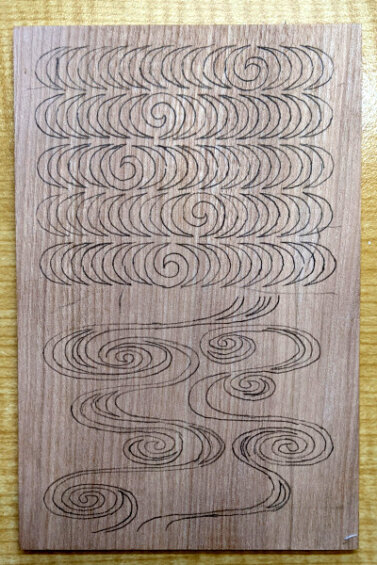
1. How to carve flowing water 1
For the red arrow line in the figure below, use the sharp chisel to make cuts that gradually become deeper in the direction of the arrow. For the black parts, carve a smooth curved surface with the shallow chisel so that it intersects with the notch.
.png)
The cross section will look like this:
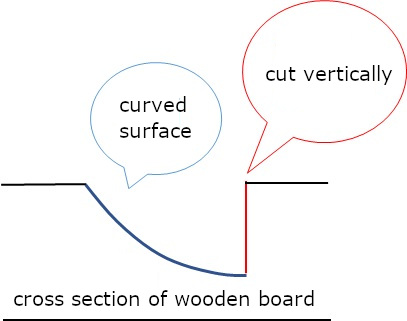
The work is completed by carving carefully so that the sketch disappears.
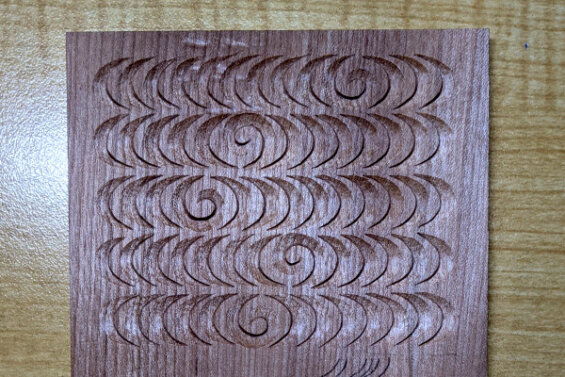
2.How to carve flowing water 2
It's the same as how to carve Ryusui 1. Make cuts on the red line with the sharp chisel so that it goes in the direction of the arrow and gradually becomes deeper. Carve a smooth curved surface in the orange area using the shallow round chisel or the round chisel so that it intersects with the notch.
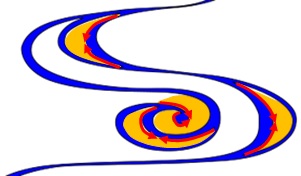
Next, carve the green line into a V shape with the sharp chisel.
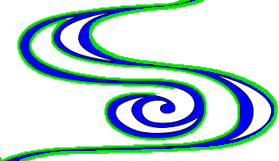
Make a cut at your desired angle and depth, then make another cut to intersect with that cut. The thickness of the line change depending on the angle and depth, so experiment with it. When doing so, be careful not to cause the V-shape to wobble or otherwise disrupt the flow of water.
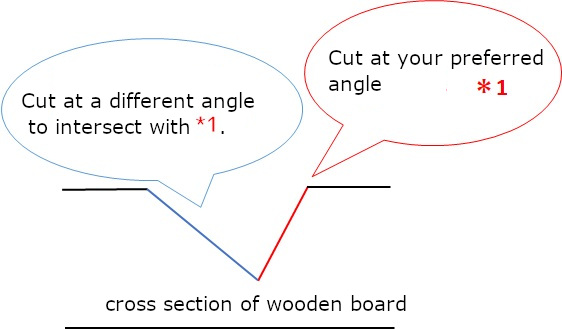

How to carve patterns
- From the lattice to the scales
- Raimon
- Asanoha and Sayagata
- Seigaiha and Sippo-Tsunagi
- Higaki and Kumikikko
- Mimasu-Tsunagi and Mimasu-Chirashi
- Ryusui ←Current page displayed
- Bundo-Tsunagi and Tatewaku
- Yamajimon and Misujidate
- Kemanmon and Gobosei
- Chidori and Chidori-Goshi
- Nejiume (Twisted plum)
- Kikubishi and Yaegiku
- Ichimatsu and Sankuzushi
- Kikko and Yagasuri
- Clouds
- Waves

-300x240.png)
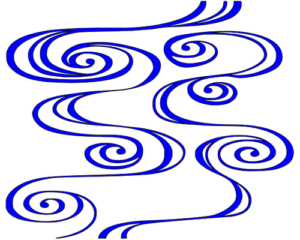
_キワ刀で切り込み-300x300.jpg)
_浅丸で滑らな曲面になるように彫る-300x300.jpg)




